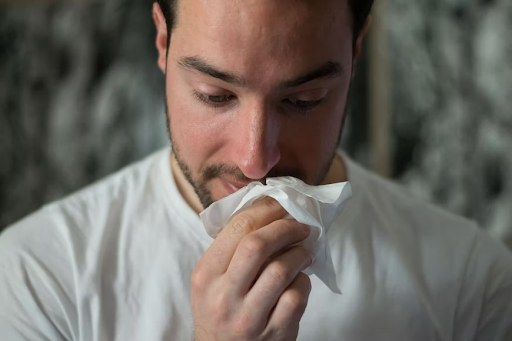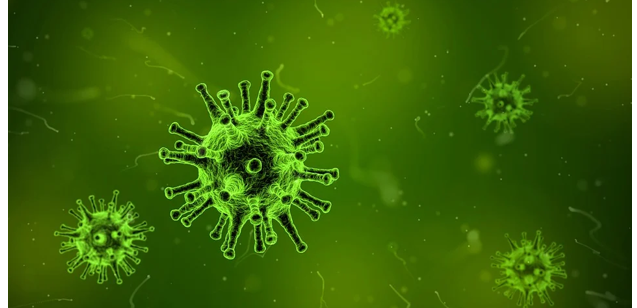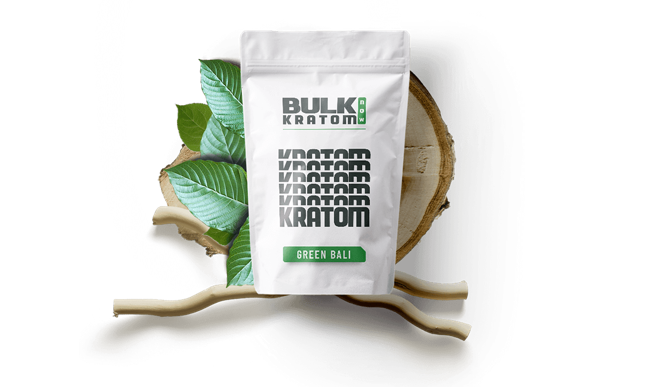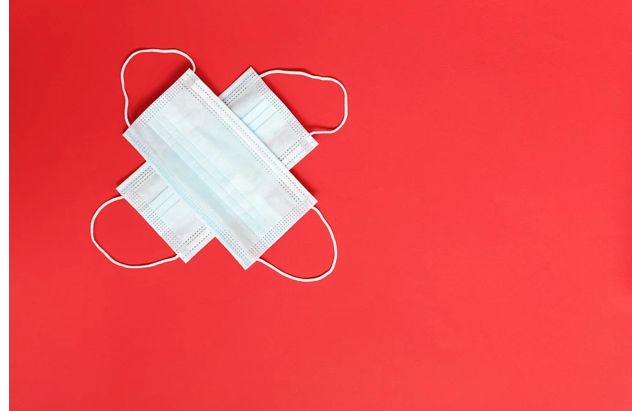How Opioids Affect Anxiety Symptoms: Exploring the Link
With the opioid epidemic ravaging communities across the United States, it’s more important than ever to understand the risks associated with these powerful drugs. While opioids are often prescribed to manage pain, they can also significantly impact mental health, particularly anxiety disorders. In this guest post, we’ll explore the link between opioids and anxiety and why it’s essential to understand how these drugs can affect mental health. By shedding light on this complex issue, we can work towards more effective treatment options for those struggling with opioid addiction and anxiety disorders.
The Connection Between Opioids and Anxiety
There is a complex connection between opioids and anxiety that researchers have extensively studied. Opioids are a class of drugs commonly used to manage pain but can also impact mental health. Anxiety disorders are characterized by excessive and persistent feelings of worry, fear, or apprehension that can significantly impact a person’s daily life. When opioids are introduced into the body, they interact with the brain’s opioid receptors to produce various effects. In addition to pain relief, opioids can cause feelings of relaxation and euphoria, as well as changes in mood and behavior. These changes can have both positive and negative effects on anxiety symptoms.
On the positive side, opioids can help reduce anxiety symptoms in the short term by inducing feelings of relaxation and calm. However, this effect is often short-lived and can quickly increase anxiety, and other negative emotions as the drug wears off. In addition, the body’s response to opioid withdrawal can exacerbate anxiety symptoms, making it more difficult for individuals to manage their anxiety without the drug. Furthermore, opioids can also have long-term effects on mental health, contributing to the development of anxiety disorders. For example, chronic opioid use can lead to changes in brain chemistry that affect the body’s stress response system. This can result in heightened anxiety and an increased risk of developing anxiety disorders.
How Opioids Affect Anxiety Symptoms
When opioids are introduced into the body, they bind to receptors in the brain and nervous system, producing a range of effects, including feelings of relaxation and euphoria. These effects can help reduce anxiety symptoms in the short term by inducing feelings of calm and well-being. However, as the drug wears off, the body’s response to opioid withdrawal can exacerbate anxiety symptoms, leading to increased feelings of restlessness, agitation, and anxiety.
Additionally, opioids can interfere with the body’s natural stress response system, leading to long-term changes in brain chemistry that contribute to anxiety disorders. Chronic opioid use can cause alterations in the levels of neurotransmitters, such as serotonin and dopamine, which are involved in regulating mood and emotions. These changes can cause imbalances that increase the risk of developing anxiety disorders and other mental health conditions. Furthermore, individuals who use opioids to self-medicate for anxiety may be caught in a cycle of dependence and addiction that can further exacerbate anxiety symptoms.
The Risks of Treating Anxiety with Opioids
While opioids may seem like a quick fix for anxiety symptoms, using these drugs to treat anxiety can come with significant risks, especially for those who develop opioid use disorder. Opioids can temporarily relieve anxiety symptoms by inducing feelings of relaxation and euphoria, but the negative consequences of long-term opioid use can outweigh any potential benefits. One of the main risks associated with using opioids to treat anxiety is the development of dependence and addiction. When used over an extended period, opioids can cause physical dependence, meaning that the body becomes accustomed to the drug and requires it to function normally. This can lead to addiction, characterized by a compulsive need to use the drug despite negative consequences.
The use of opioids to treat anxiety can lead to the development of opioid use disorder. This chronic condition is characterized by the inability to control opioid use despite negative consequences. As a result, the use of opioids to treat anxiety can increase the risk of developing opioid use disorder, which can have severe implications for physical and mental health. Fortunately, alternative treatments for anxiety disorders do not carry the same risks as opioids. These include therapy, non-opioid medications, and opioid use disorder medication such as buprenorphine or methadone. These medications can help manage withdrawal symptoms and cravings associated with opioid use disorder while addressing anxiety symptoms.
Conclusion
While opioids can temporarily relieve anxiety symptoms, their long-term effects on mental health can be significant and carry significant risks. The use of opioids to treat anxiety can lead to dependence, addiction, and the development of opioid use disorder, which can have severe implications for physical and mental health. Alternative treatments, such as therapy, non-opioid medications, and opioid use disorder medication, offer safer and more effective options for managing anxiety symptoms without the risk of addiction and other negative consequences.
It is crucial for individuals struggling with anxiety disorders and substance use to seek professional help to explore alternative treatment options and find a plan tailored to their specific needs. Connect with an expert provider like Confidant Health. Confidant Health is an app that provides access to expert help for medication-assisted treatment (MAT) for opioid use. Get the care you need anytime.









